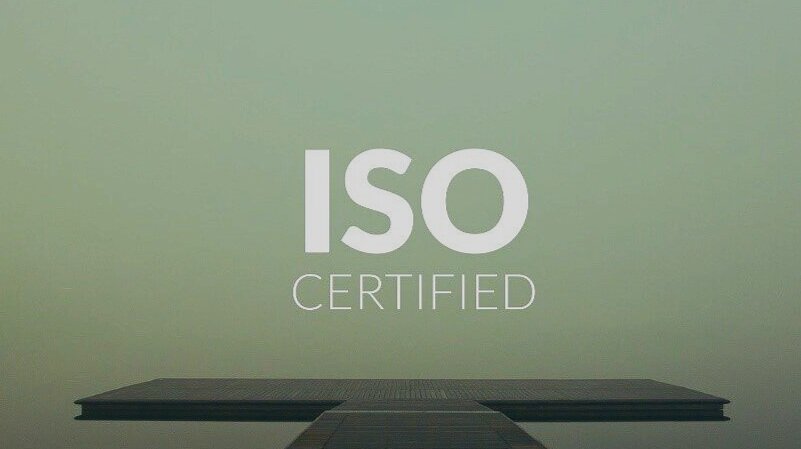Being compliant refers to adhering to specific laws, regulations, standards, or guidelines relevant to a particular industry or field. Compliance ensures that organizations operate within legal boundaries, meet industry standards, and uphold ethical practices. In the context of cybersecurity, compliance involves implementing measures to protect sensitive data, prevent unauthorized access, and mitigate security risks.
In today's digital landscape, cybersecurity compliance is paramount for businesses to safeguard their assets and maintain trust with customers. Failure to comply with cybersecurity regulations can result in severe consequences, including legal penalties, financial losses, and reputational damage.
Cybersecurity services play a crucial role in helping organizations achieve and maintain compliance. These services encompass a range of offerings, including cybersecurity consulting, IT security services, and cybersecurity consulting services. Cybersecurity consultants assist organizations in identifying compliance requirements, assessing their current security posture, and implementing measures to meet regulatory standards.
Cybersecurity companies like CyberSecOp offer comprehensive solutions to assist organizations in navigating the complexities of cybersecurity compliance. Here's how CyberSecOp can help:
Regulatory Expertise: CyberSecOp consultants possess in-depth knowledge of cybersecurity regulations and standards relevant to various industries. They can help organizations interpret complex compliance requirements and develop tailored strategies to address specific regulatory mandates.
Risk Assessments: CyberSecOp conducts thorough risk assessments to identify potential security vulnerabilities and compliance gaps within an organization's infrastructure. By assessing risks proactively, organizations can prioritize remediation efforts and minimize the likelihood of compliance violations.
Policy Development: CyberSecOp assists organizations in developing and implementing robust cybersecurity policies and procedures aligned with regulatory requirements. These policies cover areas such as data protection, access control, incident response, and employee training, ensuring comprehensive compliance coverage.
Technical Solutions: CyberSecOp offers a range of technical solutions to enhance cybersecurity and facilitate compliance. This includes implementing encryption technologies, access controls, intrusion detection systems, and security monitoring tools to protect sensitive data and prevent unauthorized access.
Training and Awareness: CyberSecOp provides cybersecurity training and awareness programs to educate employees about compliance requirements, security best practices, and the importance of maintaining a secure digital environment. By fostering a culture of cybersecurity awareness, organizations can empower employees to contribute to compliance efforts effectively.
Continuous Monitoring and Compliance Audits: CyberSecOp conducts regular security assessments and compliance audits to ensure ongoing adherence to regulatory standards. By monitoring systems and processes continuously, organizations can identify and address compliance issues promptly, reducing the risk of regulatory penalties and data breaches.
In summary, CyberSecOp plays a vital role in helping organizations navigate the complexities of cybersecurity compliance. By offering regulatory expertise, conducting risk assessments, developing policies and procedures, implementing technical solutions, providing training and awareness, and conducting continuous monitoring and audits, CyberSecOp assists organizations in achieving and maintaining compliance with confidence. With CyberSecOp's support, organizations can enhance their security posture, mitigate risks, and demonstrate a commitment to protecting sensitive data and maintaining compliance with applicable regulations.









